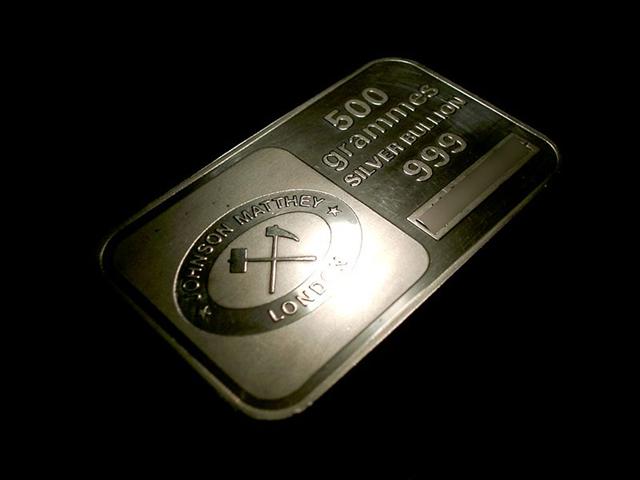
Credit: PD Photo
The white precious metal has been plagued by many factors like inefficient production, declining prices, and international tensions – casting doubts over the future of the metal’s prices.
Technological improvements in production and the growing demand for solar panels could spur recovery in the prices of the white precious metal, but still, experts predict uncertainty for the metal.
In June, silver was ranked 192nd on the leader board as investment research firm Zacks placed the metal in the lowest quarter of 256 commodities profiled. Silver’s poor performance has also led to a collapse in the industry’s profits.
Rise in production costs and fall in prices
The decline in the value of silver can be attributed to the forbidding cost of silver production. The Americas Silver Corporation (ASC) reported at the end of 2018 that the price of producing the metal had increased from $20.30 per ounce in 2017 to $23.35 per ounce in 2018, an increase of 16%. The white metal is often produced as a by-product of other mining operations, which is a driving factor in rising prices.
Fresnillo’s Saucito mine in Mexico, the world’s largest silver mine by production, saw the production of both zinc and lead dramatically outpace silver production in 2018.
The inefficiency of the silver-mining industry was reiterated in Goldcorp’s 2016 annual report, which highlighted that high carbon ore cannot be separated at its flagship Peñasquito mine in Mexico, the world’s largest silver mine by reserve, thus projecting deficiencies in the technological methods used to extract and process silver ore.
The Silver Institute reported in 2018 that global demand for the metal fell by 3% compared to the previous year, which was despite a 0.3% increase in global silver supply. Factors like inefficient production and a surplus supply emphasized a significant decline in the per-ounce price of the white metal, which has fallen from $55.35 in April 2011 to $15 in April 2019.
Increased demand and improvements to production
Industry experts are optimistic that the fate of the white metal could change based on the increase in demand for silver. The Silver Institute predicted that in 2019, industrial demand for silver would rise modestly across industrial operations. The metal’s usage in solar photovoltaic cells could be an attributing factor to growing demand. Researchers from the University of Kent highlighted that silver had the best electrical and thermal conductivity, making it an ideal metal component in solar cells. Improvements in production methods could also benefit the sector in the long term. Goldcorp has committed to addressing its technological weaknesses, which will make the separation of ore (even high carbon ore) easier.
New technological innovations and improvements in production efficiency can ensure profitability despite a struggling market in times to come.
